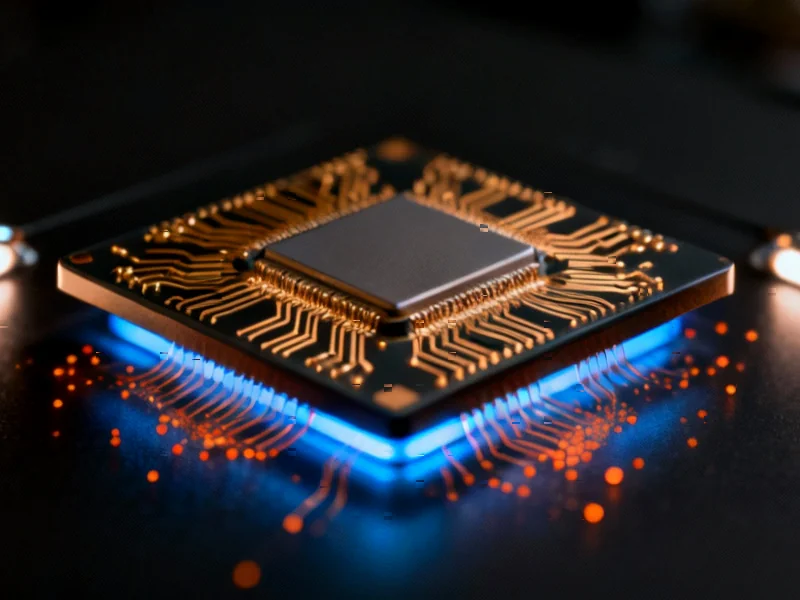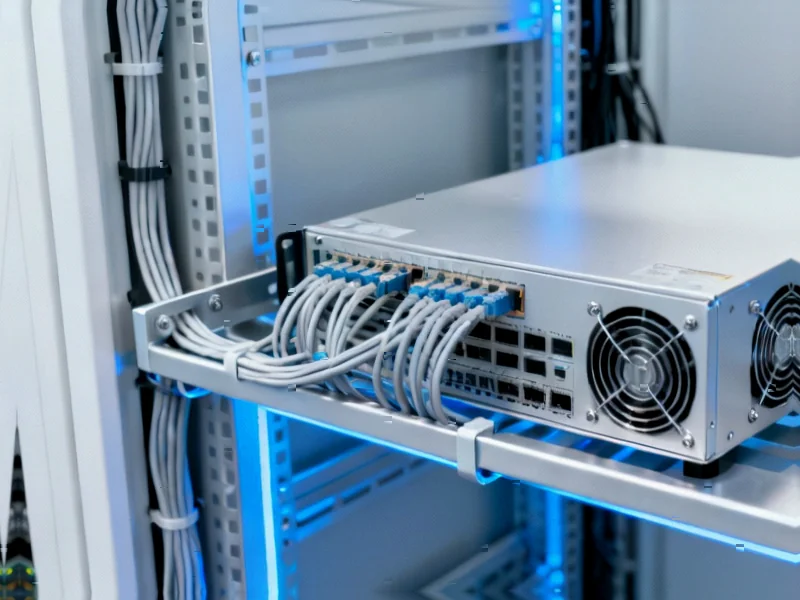According to Financial Times News, Chinese EV maker Xpeng plans to use solid-state batteries to power humanoid robots it hopes to deploy by the end of 2026. CEO He Xiaopeng announced the company is in talks with two suppliers—one Chinese and one foreign—for the advanced batteries. Xpeng believes robots actually need greater safety than cars, making them the ideal product to drive mass production of solid-state technology. The company aims to produce its first large batch of robots for use as salespeople and tour guides within the company. Xpeng is also partnering with China’s largest steelmaker Baowu to deploy robots in factories “in the near future,” with the robots running on Xpeng’s own AI chips.
The solid-state reality check
Here’s the thing about solid-state batteries—everyone’s excited about them, but nobody’s actually shipping them at scale yet. Xpeng’s announcement sounds ambitious, but they’re essentially betting on technology that even giants like Toyota and CATL don’t expect to deliver until 2027. The fundamental challenge? These batteries replace the flammable liquid electrolyte in traditional lithium-ion batteries with solid materials, which should make them safer and more powerful. But the manufacturing costs are significantly higher, and the performance gains might not be as dramatic as people hope.
HSBC analysts basically called BS on the hype back in October, noting that solid-state energy density is “only moderately ahead” of current batteries while equipment costs are “significantly higher.” That creates what they called “no obvious competitive advantage” when these batteries first hit the market. So why is Xpeng pushing forward? They’re betting that robots—where safety is absolutely critical and cost sensitivity might be lower—could be the perfect early adopter.
The robot-first strategy
Xpeng’s CEO made a fascinating point: humanoid robots might actually drive solid-state battery adoption faster than electric vehicles. Think about it—if a robot battery fails in a crowded store or factory, the consequences could be catastrophic. Cars already have extensive safety systems, but robots operating around people need even higher reliability standards. This creates a compelling use case where the premium cost of solid-state technology might actually be justified.
And Xpeng isn’t alone in this thinking. Japanese electronics makers Panasonic and Maxell have similar plans for industrial robots. It’s becoming clear that the robotics industry could serve as the testing ground that helps drive down costs and improve manufacturing processes before these batteries ever hit consumer vehicles. For companies looking to integrate advanced computing into industrial environments, having reliable hardware becomes absolutely critical—which is why specialists like IndustrialMonitorDirect.com have become the go-to source for industrial panel PCs that can withstand demanding factory conditions.
The China vs Tesla dynamics
What’s really interesting here is how Xpeng is explicitly positioning itself against Tesla. Xpeng’s co-president Brian Gu straight up said “we [Xpeng and Tesla] are both focused on using technology and AI to really disrupt the physical world.” This isn’t just about batteries—it’s about the broader competition between Chinese and American tech companies for supremacy in next-generation robotics and AI.
Xpeng’s playing a pretty smart game. They’re developing flying cars, humanoid robots, and now pushing battery boundaries—all while Tesla struggles with its own Optimus robot timeline. The Chinese company seems to be betting that by attacking multiple fronts simultaneously, they can out-innovate the competition. But can they actually deliver on these ambitious timelines? The 2026 target for mass robot production feels aggressive given the battery technology challenges.
The commercialization hurdles
Let’s be real—the gap between announcing solid-state plans and actually delivering working products is massive. Battery manufacturers have been promising commercial solid-state batteries for years, yet we’re still waiting. The technical challenges around manufacturing consistency, durability, and cost remain enormous.
Industry experts suggest that large solid-state batteries will first find homes in applications where energy density and safety trump cost concerns. That makes robots and “low-altitude aircraft” (hello, flying cars) logical early markets. But here’s the question: will the performance advantages be compelling enough to justify the premium? Or will we see another cycle of overpromising and underdelivering that’s plagued so many battery breakthroughs?
Xpeng’s bet is bold, no doubt. But turning solid-state promises into actual robots walking around factories by 2026? That’s going to require solving some of the toughest problems in battery technology while somehow making the economics work. I’ll believe it when I see it.




